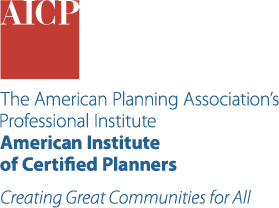Aging Populations

About This Trend
By 2034, the Census Bureau projects that the U.S. will be home to more people over 65 than people under 18. By 2040, one in five Americans will be 65 or older, up from one in eight in 2000. By 2050, the U.S. population aged 65 and over is expected to reach around 82 million. With fewer younger people working and paying taxes, aging populations could strain government budgets. Many cities lack adequate infrastructure to support community aging and aging in place.
The U.S. also faces challenges in meeting health-care needs for aging seniors, especially workforce and support systems. Additionally, the need to provide safe and affordable housing for this growing population is urgent, as highlighted in a 2023 report by Harvard University's Joint Center for Housing Studies.
Planners should consider more age-friendly communities to meet this growing population's needs. These cities promote health, diversity, inclusion, and cohesion for all ages. Key features include accessible roads and transport, barrier-free buildings, public seating, and sanitary facilities. Age-friendly communities enable active lifestyles, social connections, and economic contributions. The World Health Organization maintains a database of U.S. age-friendly communities to highlight successful examples and potential strategies. For more guidance on how to meet the needs of aging residents, read PAS Report 579, Planning Aging-Supportive Communities, and the PAS Memo "Planning for Dementia-Friendly Communities."
Trend Category:
Social Change
Timeframe: Act Now
As Seen in APA's Trend Report
Related Publications
Aging in Place: Planning's Role and Responsibilities
Planning for the Needs of an Aging Population
Related Trends




